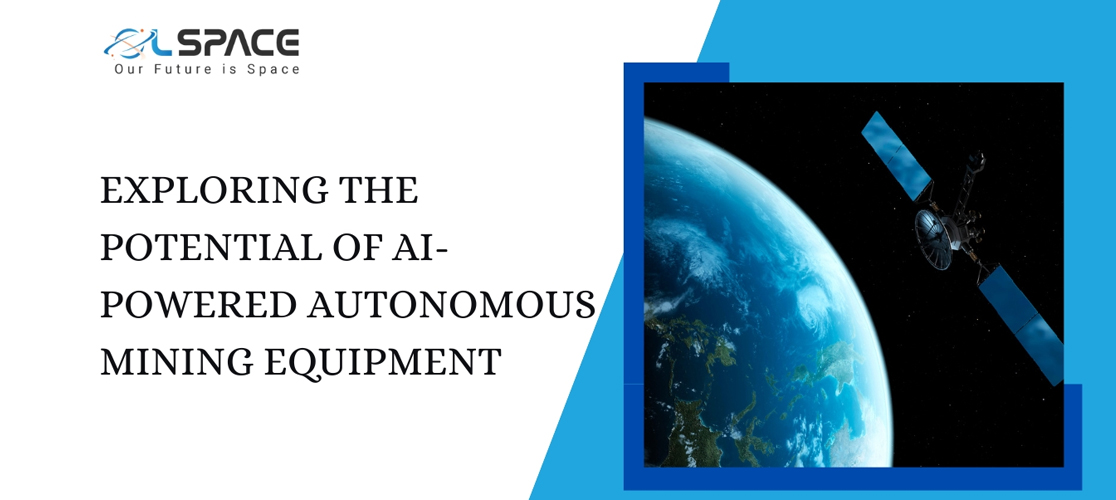24 March 2023
Exploring the potential of AI-powered autonomous mining equipment

The use of AI in autonomous mining equipment has the potential to revolutionize the mining industry. AI-powered autonomous mining equipment can significantly increase efficiency and productivity while reducing costs and minimizing the risk of human injury.
The use of metadata and keywords in autonomous mining equipment helps to optimize the decision-making process. This information is fed into the AI system, which then uses machine learning algorithms to analyze the data and make informed decisions. The AI system can learn from previous mining operations and make predictions about future operations based on this data.
One example of an AI-powered autonomous mining equipment is autonomous drilling rigs. These rigs can operate 24/7, continuously drilling and extracting minerals with minimal supervision. They use sensors and cameras to detect and avoid obstacles, and can also be programmed to follow specific drilling patterns. This leads to more accurate and efficient drilling, reducing the need for manual intervention and increasing productivity.
Another example is autonomous haul trucks. These trucks can transport heavy loads of minerals and waste across large distances with little to no human intervention. They use cameras, radar, and other sensors to navigate around obstacles and follow predetermined routes. This reduces the need for human drivers, who can be subject to fatigue and distraction, leading to fewer accidents and lower costs.
In addition to increasing efficiency and productivity, AI-powered autonomous mining equipment can also improve safety. By reducing the need for human intervention, the risk of human injury is greatly minimized. The AI system can detect potential hazards and take evasive action, reducing the likelihood of accidents.
However, the adoption of AI in autonomous mining equipment is not without its challenges. One of the biggest challenges is the high cost of investment. The development and deployment of AI systems requires significant investments in hardware, software, and data storage. Additionally, the development of AI algorithms requires specialized skills, which can be difficult and expensive to find.
Another challenge is the integration of AI systems with existing mining equipment. This requires significant technical expertise and collaboration between engineers, data scientists, and mining experts. In some cases, existing mining equipment may need to be modified or replaced to accommodate AI systems, which can add to the cost of investment.
Finally, there are also concerns about the impact of AI on employment in the mining industry. The use of autonomous mining equipment can lead to job losses, particularly in manual labor roles. However, the adoption of AI in the mining industry is expected to create new jobs in the technology and engineering sectors, as well as in data science and machine learning.
In conclusion, the use of AI in autonomous mining equipment has the potential to revolutionize the mining industry. By increasing efficiency and productivity, reducing costs, and minimizing the risk of human injury, AI has the potential to drive significant improvements in the mining industry. However, the adoption of AI also requires significant investments in technology and human capital, and the impact on employment must be carefully considered.
